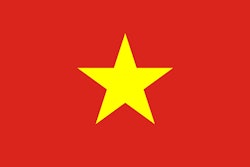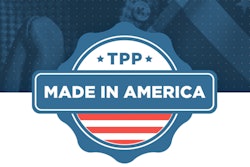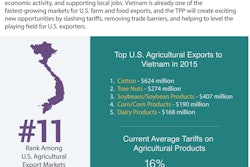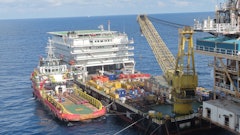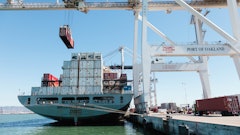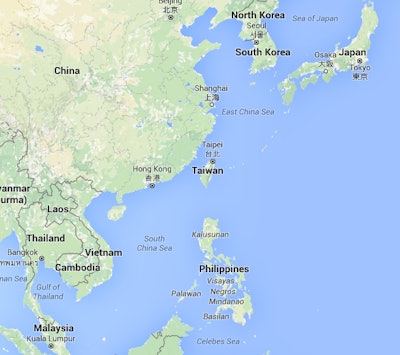
Japan, Vietnam and Malaysia are set to get a big economic boost from a sweeping Pacific trade agreement concluded in October, while the U.S. and other North American countries would see much smaller gains from the Trans-Pacific Partnership, according to the first detailed study of the pact, The Wall Street Journal reported.
If the Pacific agreement is enacted, Vietnam would get the biggest percentage boost to its economy—about 10 percent by 2030—as its textiles and apparel industry gets new preferential access to the U.S. and other major markets. Japan would see extra economic growth of 2.7 percent by 2030 while the U.S. could expect additional economic growth of 0.4 percent by 2030, according to the study, released by the World Bank.
The U.S., Canada and Mexico would see relatively smaller economic benefits coming from the TPP because they already opened their borders two decades ago to huge volumes of trade through the North American Free Trade Agreement, or NAFTA.
To read more, click here.
Editors Insight: It’s not a surprise that the countries that will be removing trade barriers will gain more from the Trans Pacific Partnership. But it’s important to keep in mind that all countries will benefit.
U.S. readers should not be discouraged by the finding that extra economic growth for the U.S. is only expected to be 0.4 percent by 2030. The study also shows that extra exports by that time will increase by 9.2 percent, the most for any Western Hemisphere country besides Peru.
The U.S. Department of Agriculture released a report in October listing the gains the pact will bring to beef and veal, pork, fruits, vegetables and rice. Agriculture Secretary Tom Vilsack said increased demand for American agricultural products and expanded agricultural exports as a result of the agreement will support stronger commodity prices and increase farm income. 1-7-2016 By Elliot Maras



